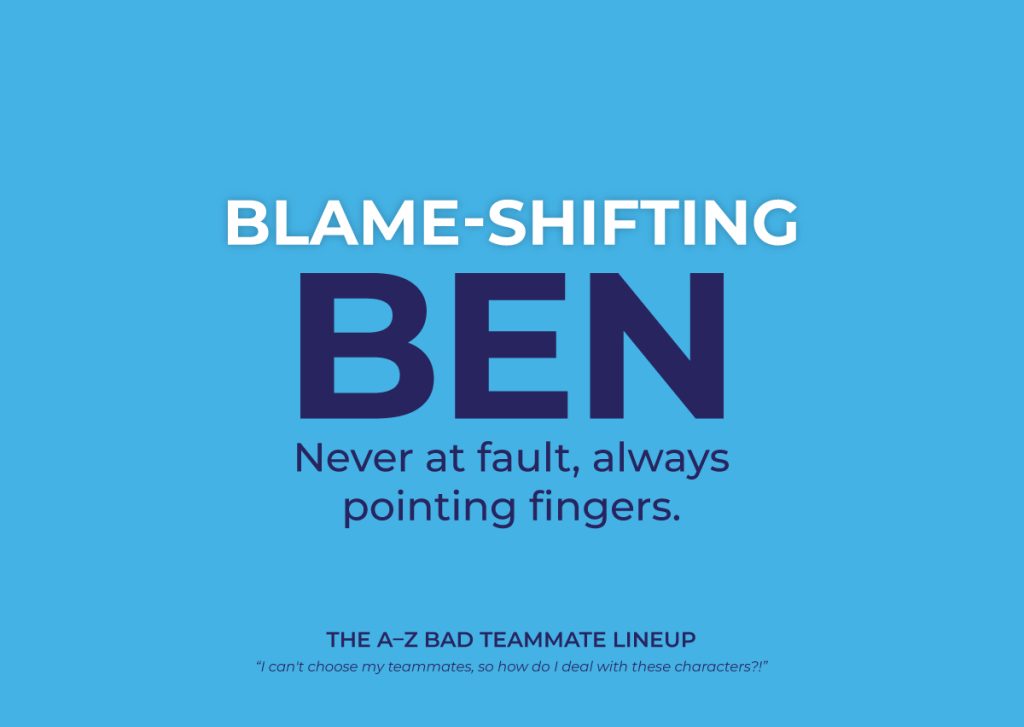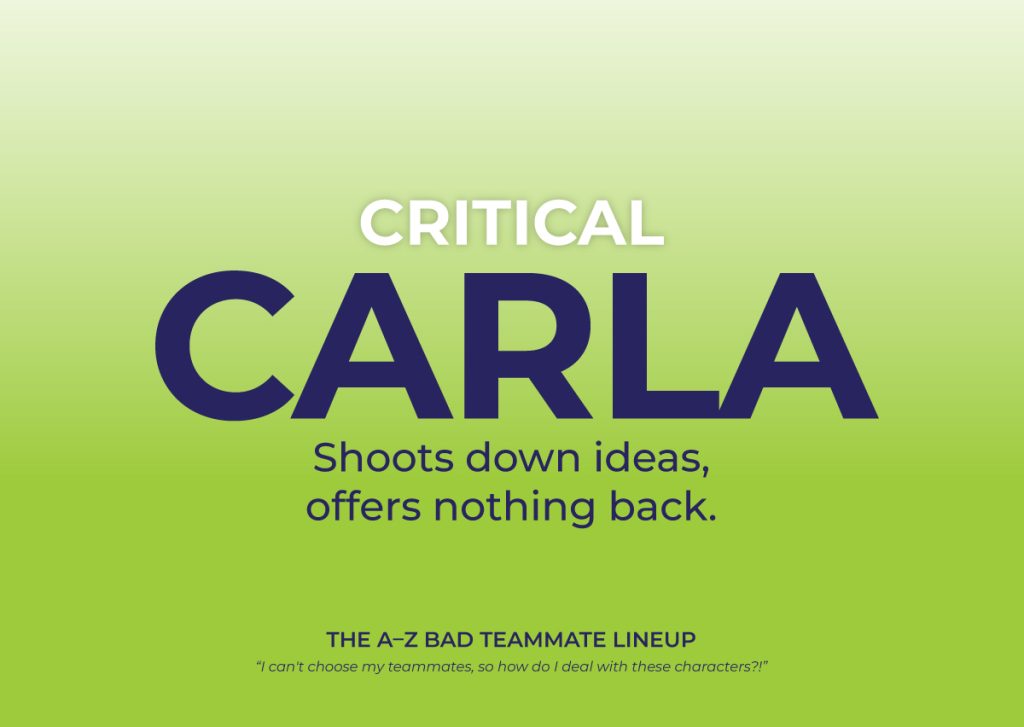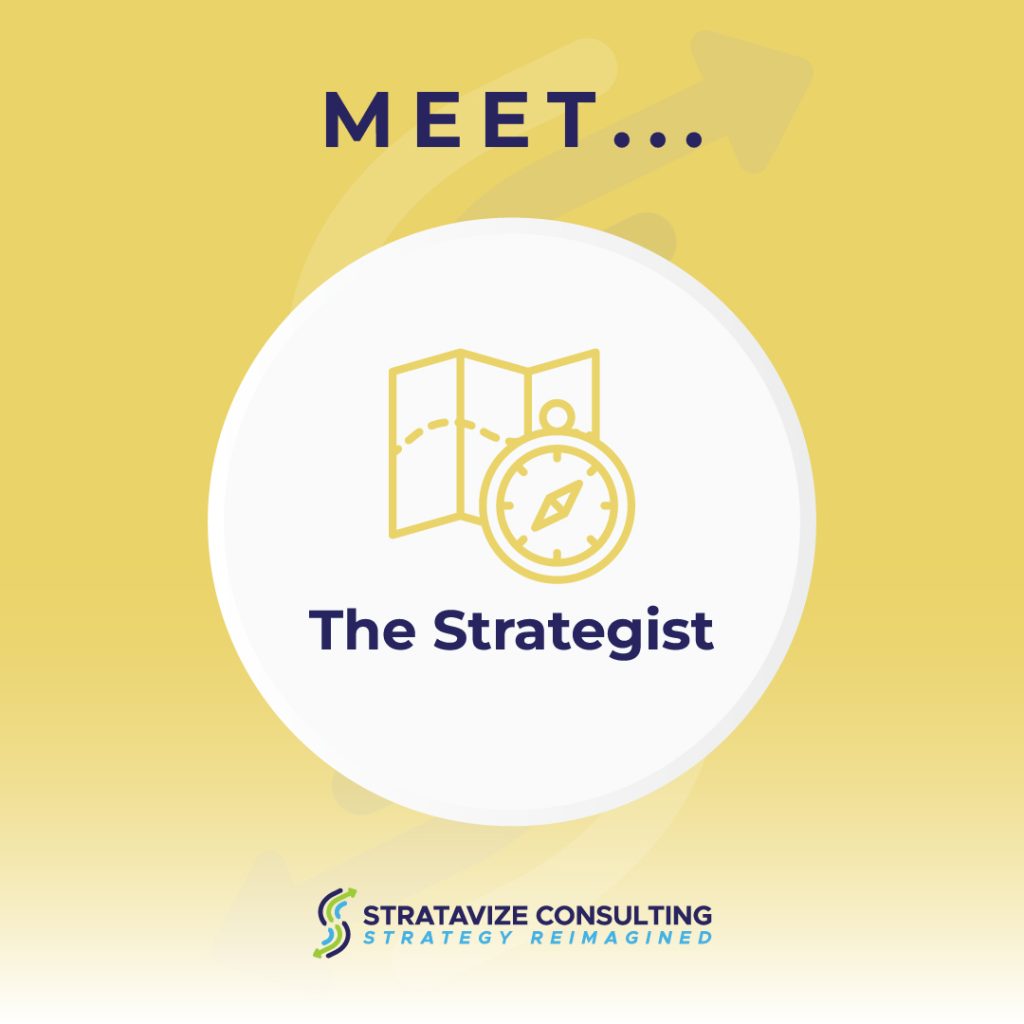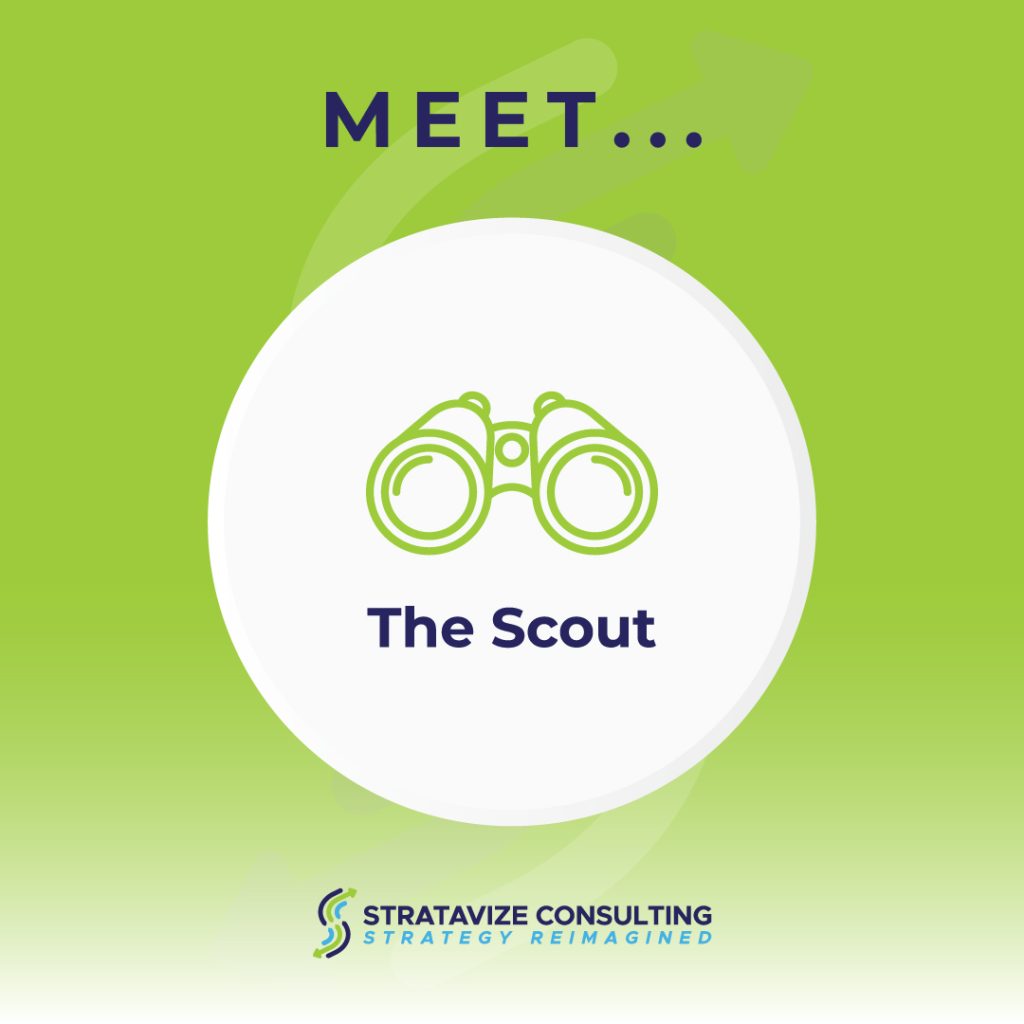At Stratavize, we spend a lot of time talking about how to build high-functioning teams—how to hire the right people, foster psychological safety, and create alignment. But what happens when you don’t get to pick your team?
Maybe you’re part of a cross-functional project group, or you inherited a team that’s… well, let’s just say less than inspiring. There’s Blame-Shifting Ben, Critical Carla, Gossiping Gary, Know-It-All Kelly, and Self-Centered Sam—and you’re stuck in the middle, trying to get the job done.
If that sounds familiar, you’re not alone. Dysfunctional teams exist in every organization – and we’ve all been trapped with team members who aren’t pulling their weight. But here’s the good news: while you might not be able to change your teammates, you can absolutely change how you operate within the dysfunction. In this article, we’re diving into personal leadership and how it can impact your work on a dysfunctional team.
Step 1: Control What YOU Can Control
Are you dealing with a Blame-Shifting Ben on your team? He’s never at fault when things go wrong and it’s always someone else’s problem. Ugh!
Start by accepting one hard truth: you can’t manage anyone else’s attitude, output, or willingness to collaborate. But you can manage your own.
Focus on:
- Your behaviors: Model professionalism, consistency, and accountability—even when others don’t.
- Your deliverables: Be clear about your responsibilities and meet them. Reliability builds credibility.
- Your mindset: Stay grounded in what matters. It’s easy to spiral into frustration, but every ounce of energy spent complaining is energy stolen from progress.
You can’t fix Blame-Shifting Ben, but you can make sure your name is on the right deliverables.


Step 2: Identify the Roadblocks—and Work Around Them
Some dysfunctions are logistical. Others are emotional. Either way, identify them clearly so you can strategize around them. Also remind yourself: it’s not your business to “fix” these personalities. It IS your business to learn how to leverage them or clear a path.
Ask yourself:
- What’s the real barrier here—lack of communication, misaligned goals, or unclear roles?
- What workarounds can I implement that don’t require everyone’s buy-in?
- How can I reduce dependencies on unreliable teammates?
If a particular person constantly drops the ball, look for ways to reroute tasks or set firmer boundaries. Sometimes the path forward isn’t about confrontation—it’s about design.


Step 3: Get to Know Yourself
When chaos hits, self-awareness becomes your anchor. That’s where Stratavize’s 4S Personality Assessment comes in.
Understanding whether you’re a Summiteer, Sherpa, Scout, or Strategist helps you recognize your natural approach to teamwork—and how you might be triggered by certain personality types.
For example, a Strategist who values structure might struggle with a spontaneous Scout. A Summiteer might clash with a Know-It-All Kelly because both crave progress and visibility. When you know your strengths (and blind spots), you can navigate tension with intention instead of reaction.
Take our free assessment to understand your own leadership style.




Step 4: Bring Structure to the Chaos
When a team feels off the rails, structure becomes your best friend. Tools like Stratavize’s Team Charter can bring clarity and calm.
A Team Charter sets the ground rules—how you’ll communicate, make decisions, and define success. Even if you’re not the team leader, you can suggest creating one. Frame it as a way to “get everyone on the same page” rather than “fix the dysfunction.”
The Charter doesn’t have to be complex—just clear. It can turn vague frustration into tangible agreements.


Step 5: Learn for Next Time
If you ever do get the chance to build or influence a team, take what you’ve learned and apply the Roles of a Working Team framework. This guide helps you select a variety of strengths—visionaries, implementers, connectors, analysts—to ensure balance and prevent the dysfunction you’re currently surviving.
Remember: diverse gifts build strong teams. Too many of the same personality type? That’s when cracks form.


Step 6: Protect Your Energy and Reputation
In dysfunctional environments, negativity spreads fast. Protect yourself by staying focused, documenting key decisions, and avoiding gossip. Send yourself emails to time stamp decisions, responsibilities, and new directions the team is taking. Keep yourself accountable to your deadlines.
Be the person who communicates clearly, delivers consistently, and maintains integrity. When leaders look for who can stabilize chaos, they’ll see you.


The Takeaway
You can’t always choose your teammates. But you can choose how you show up.
When you understand yourself, clarify expectations, and stay focused on what’s within your control, you’ll not only survive a dysfunctional team—you’ll build the resilience and leadership muscles that set you apart.
Because here’s the truth: surviving dysfunction well is leadership.
